Tags: Galaxy
ALMA Telescope Discovers Oldest Spiral Morphology Galaxy Dating Back 12.4 Billion Years

Fast Radio Bursts: Did Spiral Galaxy Arms Cause FRBs?

NASA Hubble Space Telescope Saw Another Set of Galaxy Thousands of Miles Away!

Mysterious Glow From Center of Milky Way Galaxy: Is It Dark Matter?

Hubble Space Galaxy Shares Photo of Peculiar Galaxy and Earth-Like Exoplanet

Very Large Telescope Spots Cosmic Web With Maze of Dwarf Galaxies

Is Farfarout Officially the Most Distant Solar System?
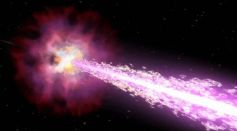
Experts Found Vast 'Halo' of Dark Matter Around Dwarf Galaxy

NASA 's Hubble Space Telescope Shares Surprising Photo of Lost Galaxy
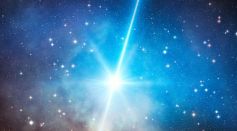
Giant Flare That Swept Through Solar System Came From Another Galaxy 11.4 Million Light-Years Away
Scientists Have Figured Out Why “Old Faithful” Galaxy Flares with Strange Regularities
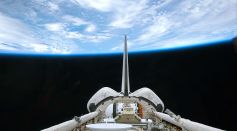
Space Is Darker Than We Thought According To NASA New Horizons Probe

Did ALMA Telescope Just See a Distant Colliding Galaxy Dying Out?
Astronomers Rewrite the History of the Milky Way Galaxy
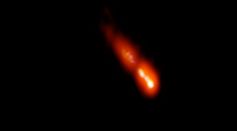
Did Scientists Just See A 1,600 Lightyear Long Jet From a Young Universe?

Lack of Dark Matter Reveals That Galaxy NGC1052-DF4 Is Entering Death Spiral
NASA's Hubble Space Telescope Shares "Cinnamon Bun" Galaxy
The Universe is Getting Hotter - Is it Affecting Global Warming?
Astronomers Found Better Way to See Dark Matter Halos
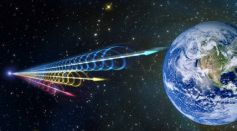
Scientists Found Mysterious 'Fast Radio Burst' In the Milky Way for the First Time
Most Popular

If the Sun Were a Basketball, How Big Would the Earth Be? Space Scale Comparison Perfect for Kids

10 Powerful Brain-Boosting Foods Backed by Nutrition Science to Enhance Cognitive Function

7 Climate Change Animals Showing Incredible Species Adaptation and Thriving in a Warming World

Top 10 Invasive Species List: Shocking Biodiversity Threats Ravaging Ecosystems Worldwide




